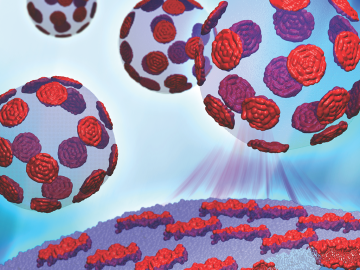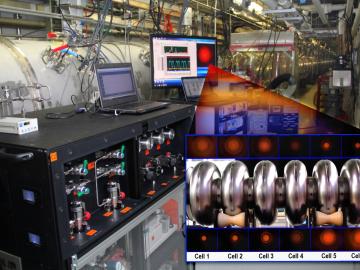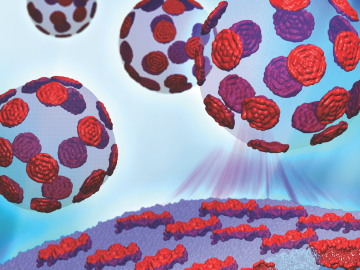
Filter News
Area of Research
News Type
Date
Media Contacts


Rare earth elements are metals used in technologies from wind turbines and magnetic resonance imaging agents to industrial catalysts and high-definition televisions. Most are lanthanides, elements with atomic number from 57 to 71, lanthanum to lutetium, in the periodic table. The la...

Nearly 100 commercial nuclear reactors supply one-fifth of America’s energy. For each fuel rod in a reactor assembly, only 5 percent of its energy is consumed before fission can no longer be sustained efficiently for power production and the fuel assembly must be replaced. Power plan...


A study led by the University of Tennessee and the Department of Energy’s Oak Ridge National Laboratory could soon pay dividends in the development of materials with energy-related applications. Three UT researchers—Maik Lang, assistant professor



Fuel economy data, sticker price, emissions information, safety ratings and much more is available at your fingertips with the latest Find-a-Car tool, an app designed specifically for easy searches on mobile devices. FuelEconomy.gov, maintained by the Department of Energy with d...


People in cold climates who heat with electricity could realize savings of up to 70 percent with a new heat pump developed by Oak Ridge National Laboratory and Emerson Climate Technologies. The tandem compressor system, developed through a cooperative research and development ag...


